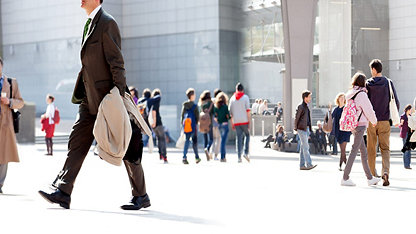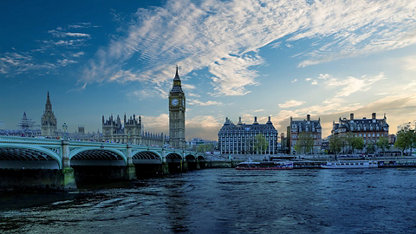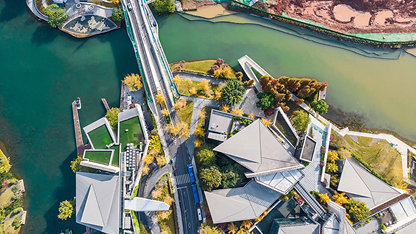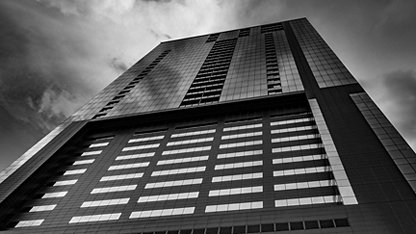Heritage tourism is now increasingly popular across the UK and improving the sustainability of heritage sites is essential both nationally and internationally.
Climate change poses a threat to the long-term survival and usability of built cultural heritage. To ensure its continued use, such assets must be sustainable. However, improving the energy efficiency and sustainability of historic buildings is complex, requiring cooperation between experts and a multidisciplinary approach.
Improving the energy efficiency of historic assets can contribute to their preservation for future generations, aligned with conservation and sustainability principles, and facilitate their continued use. However, energy and carbon savings in historic properties can be difficult to achieve due to limited retrofitting capability. Balancing thermal comfort with building preservation is one of the greatest challenges for retrofitting heritage properties. Changes to the building fabric must be carefully considered to avoid irreparably damaging the significance of heritage assets. Improvements must be done on a case-by-case basis.#

An interesting case study example is the 2017 renovation of the chapel at the National Trust’s Hidcote Manor Gardens in Gloucestershire.
Founded in 1885, the National Trust is a conservation charity that works to preserve national natural and built heritage forever, for present and future generations. As an independent national organisation, the National Trust has stewardship of 300 historic properties open to the public and over 300-holiday cottages and thousands of tenanted properties. The National Trust has an objective of reducing its energy use to contribute to greater resilience across its portfolio provides the opportunity to generate revenue to invest back into the building and wider site.
Published date: 14 October 2019
The chapel improvement project at Hidcote Manor Gardens in Gloucestershire aimed to convert a building being used for storage into a flexible, usable space. This involved improving the condition of the building and improving the overall sustainability. Enhancing and revealing the significance of heritage is a key aim of policy and modern conservation philosophy. However, in the context of climate change heritage assets must also adapt to ensure their continued sustainability.
This project improved the condition of the listed building, facilitating its usefulness as a flexible space for events and exhibitions, whilst improving its sustainability. Works were performed in two phases, using breathable materials that are compatible with the building in line with conservation principles. This included increasing the water tightness of the chapel and adjacent boiler house, reducing dampness in the buildings before improvements to the sustainability of the building could be undertaken.

Hidcote Chapel
The chapel renovation project presented a number of opportunities and challenges;
Four key opportunities
- Increased knowledge and understanding about the heritage asset
- Enhancement of values for present and future generations
- Improved condition and increased usability
- Increased sustainability.
The opportunities for performing an improvement project on buildings with heritage values and significance include increasing the knowledge and understanding of the building in the context of the wider site. This can enhance or shift the meaning, significance or the values represented by the asset. At a tourist site this provides an opportunity to enhance visitors’ encounters with the property.
Five main challenges
- Project team turnover creating delays
- Delays resulting from archaeological findings and subsequent amends to specification
- Historic work resulting in building defects
- The existing building condition
- Unfamiliarity and the uncertainty of the team regarding particular measures
To successfully overcome these challenges there was a need for strong leadership and a balanced team with respect for each team member’s skills. Of greater importance than team experience, was clear objectives and clear communication to ensure that, where challenges arose they could be effectively and expediently resolved. This complements findings of previous research on project management of non-heritage projects.
Sustainability in historic buildings at tourist sites requires careful balance in relation to economic, environmental and social sustainability, but also with conservation principles.
- Samantha Organ, MRICS, Senior Building Surveyor, National Trust, Senior Lecturer in Building Surveying, The University of the West of England, Bristol
- Read the case study in full from the International Journal of Building Pathology and Adaptation














